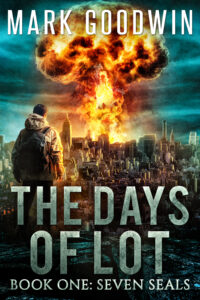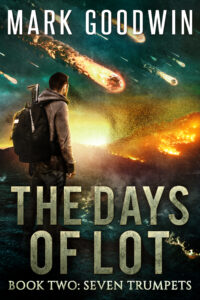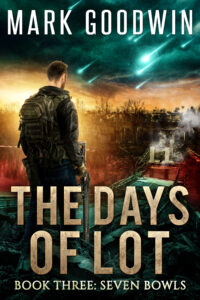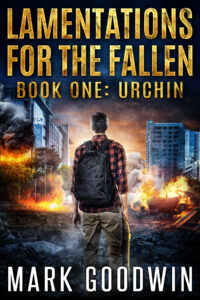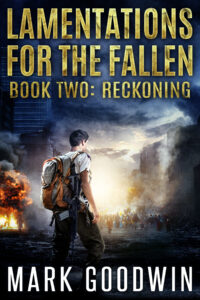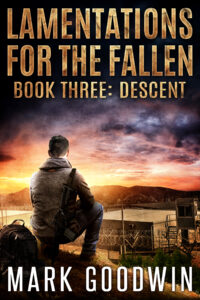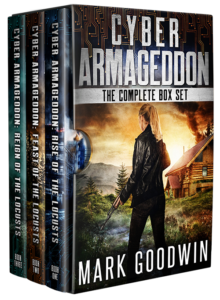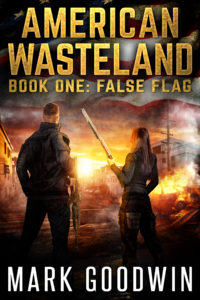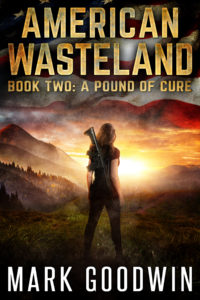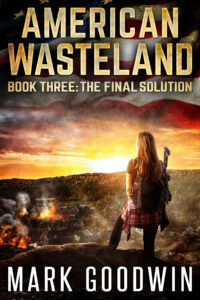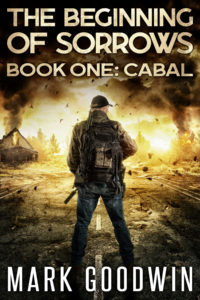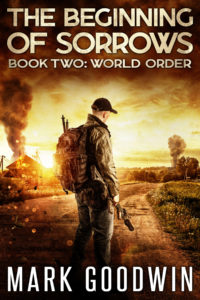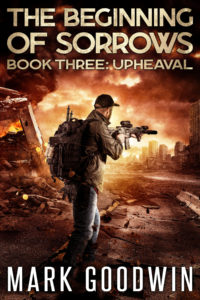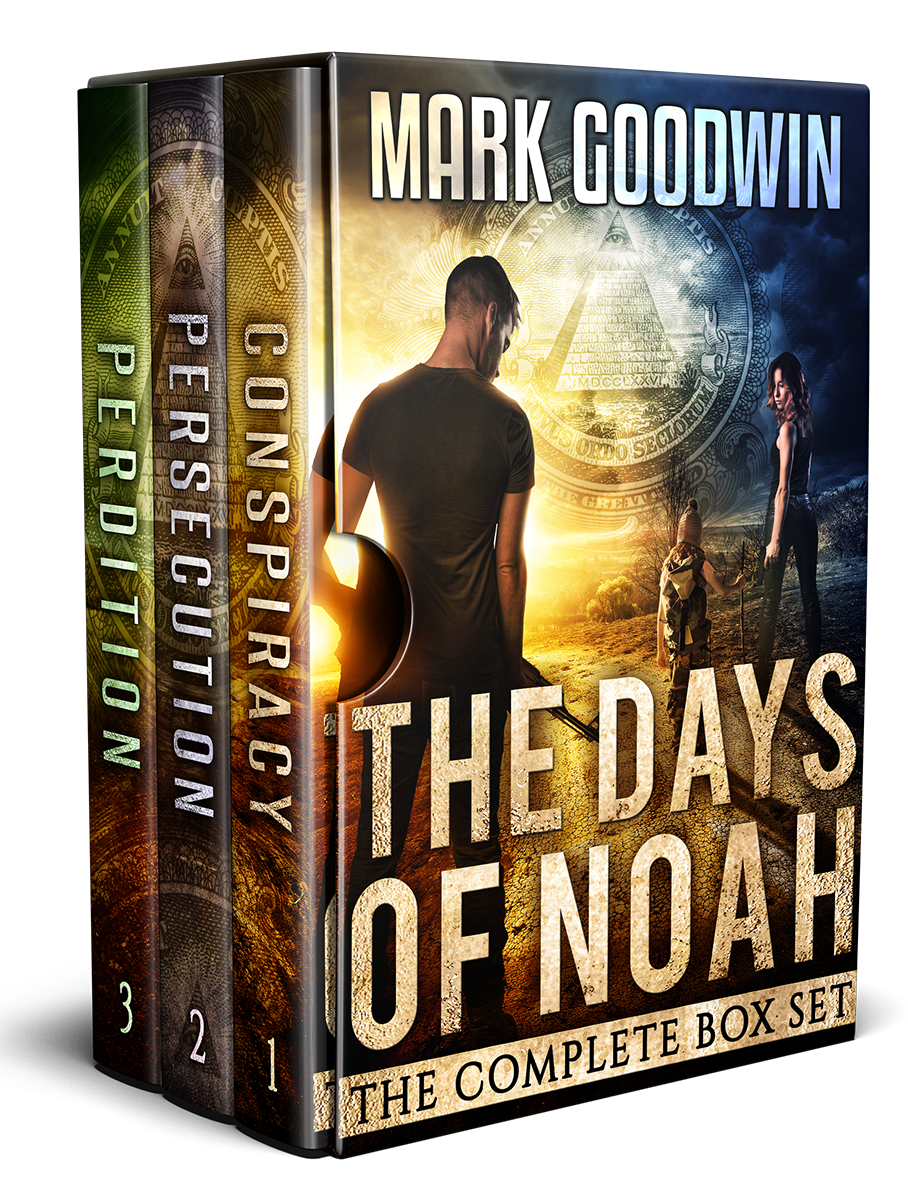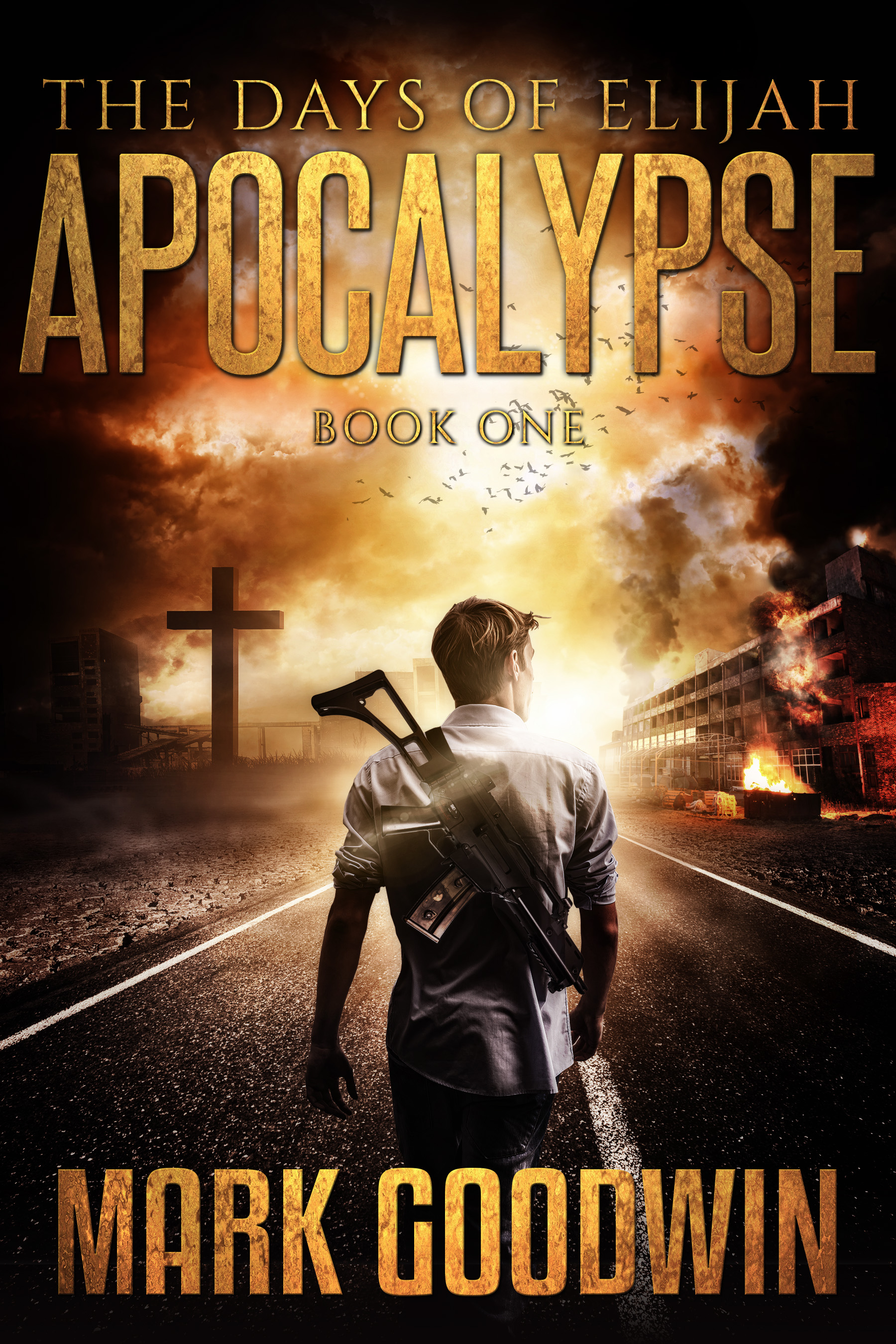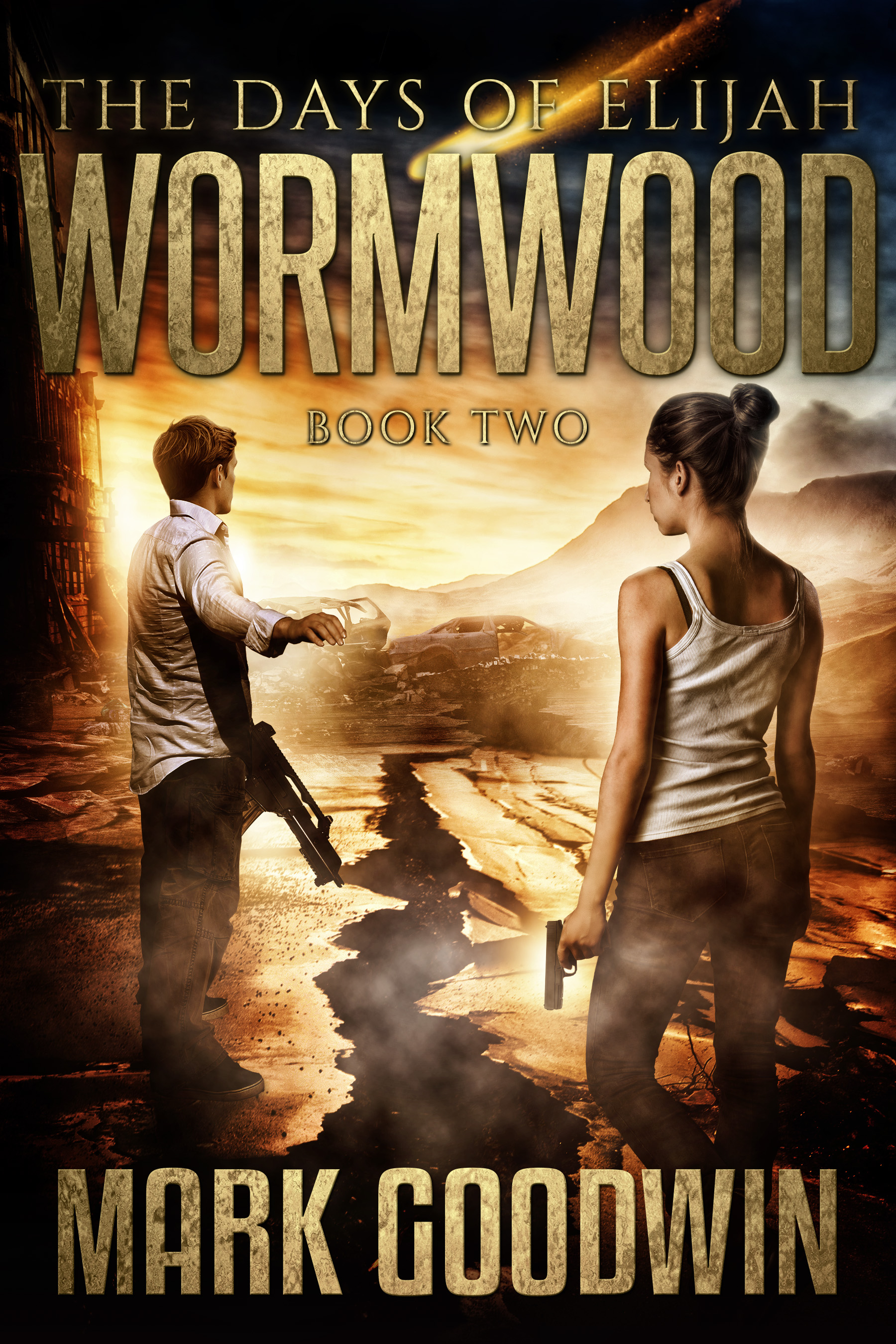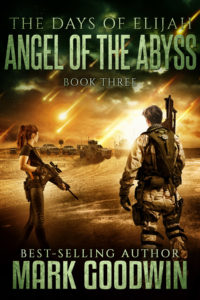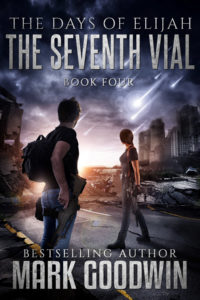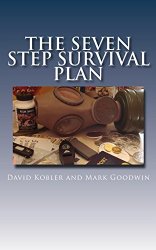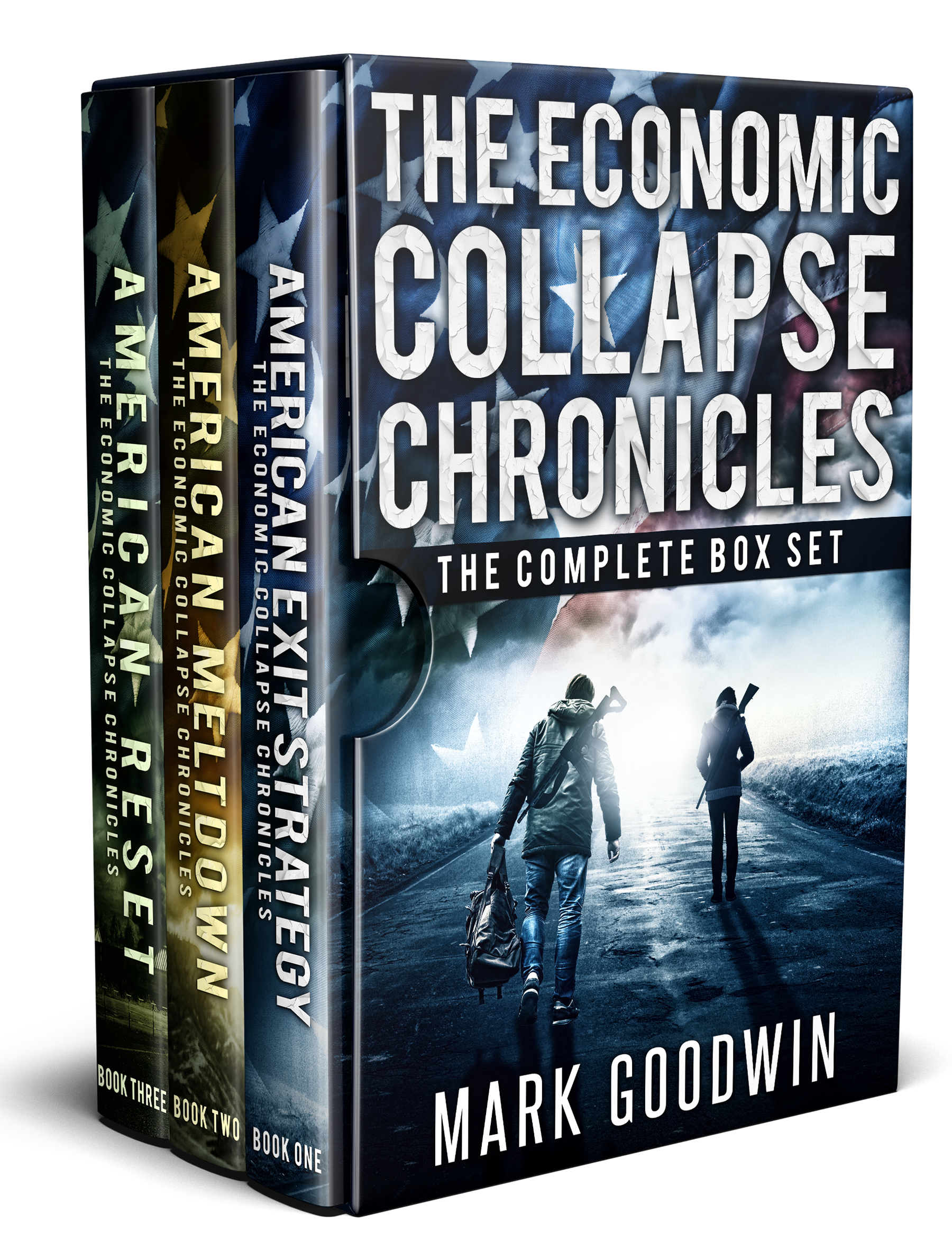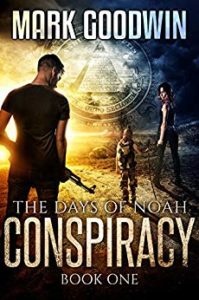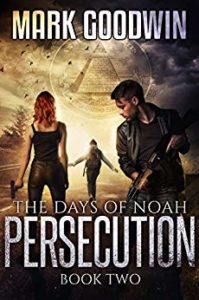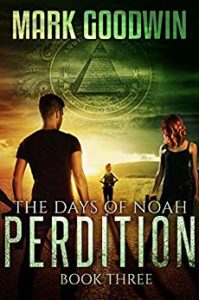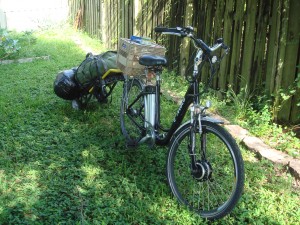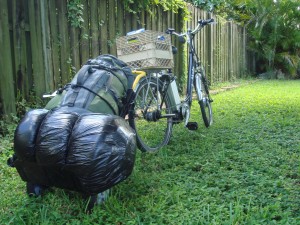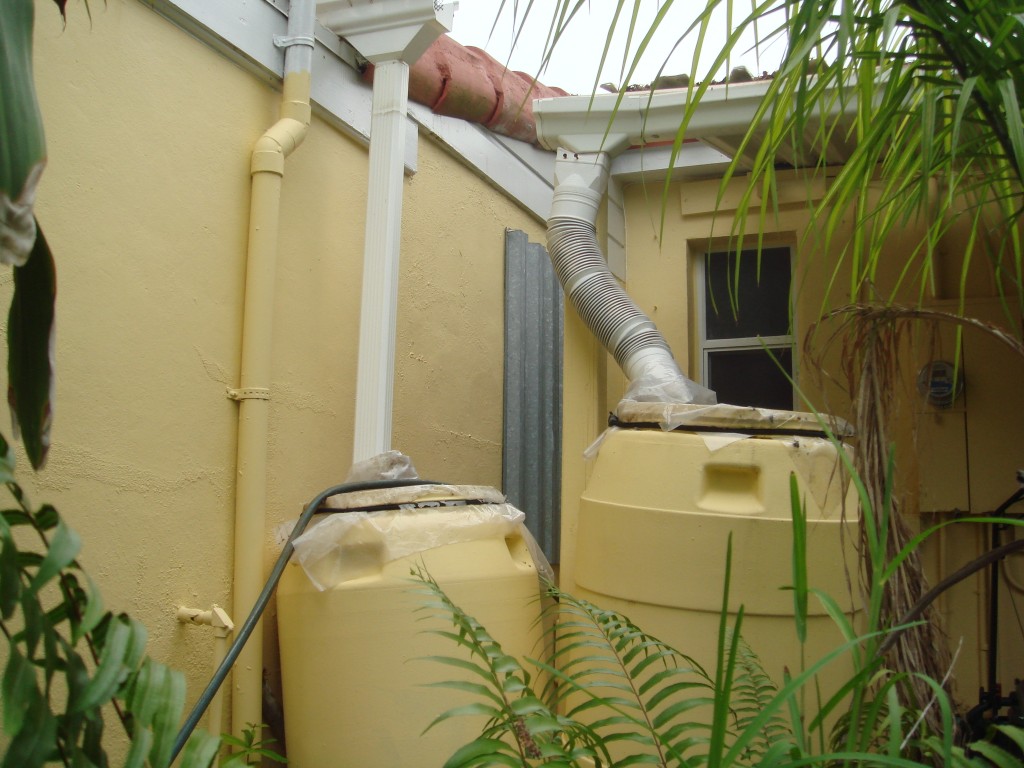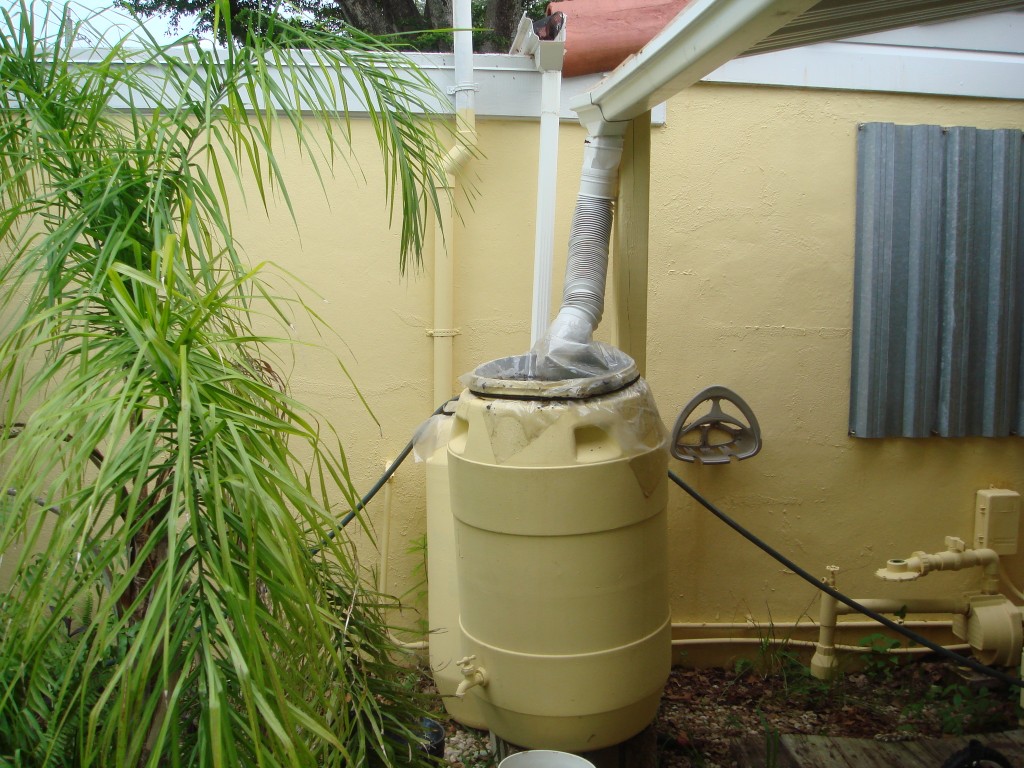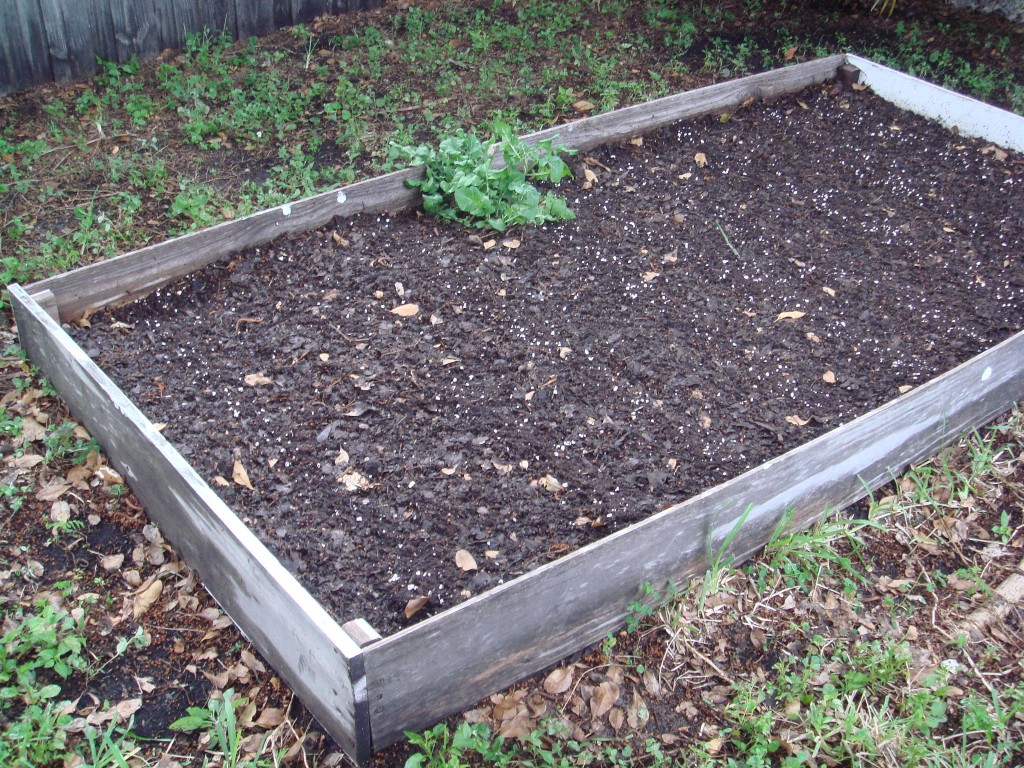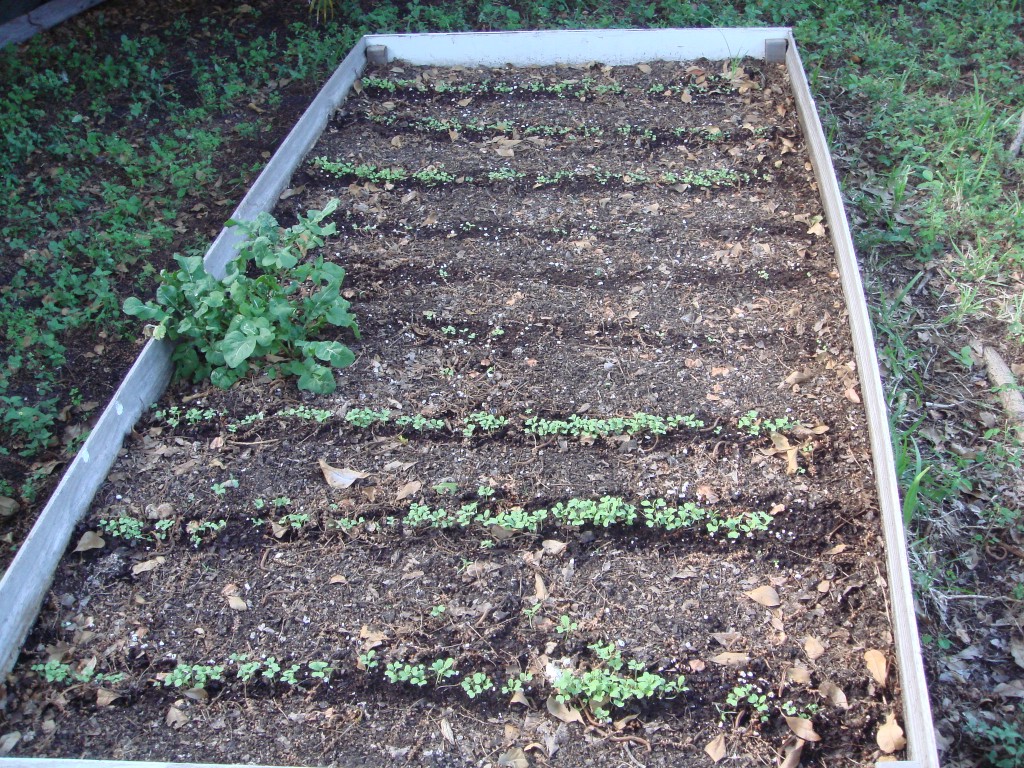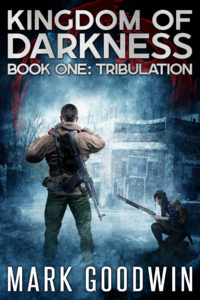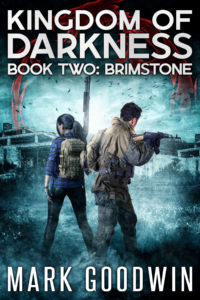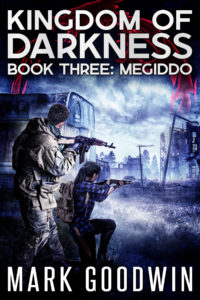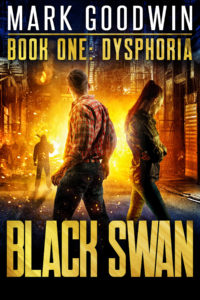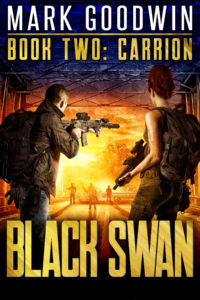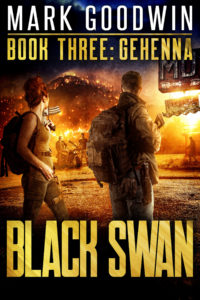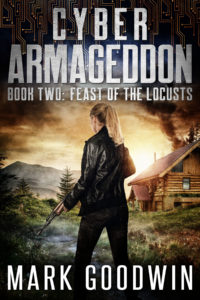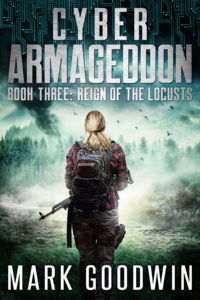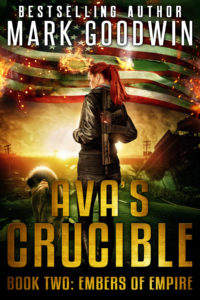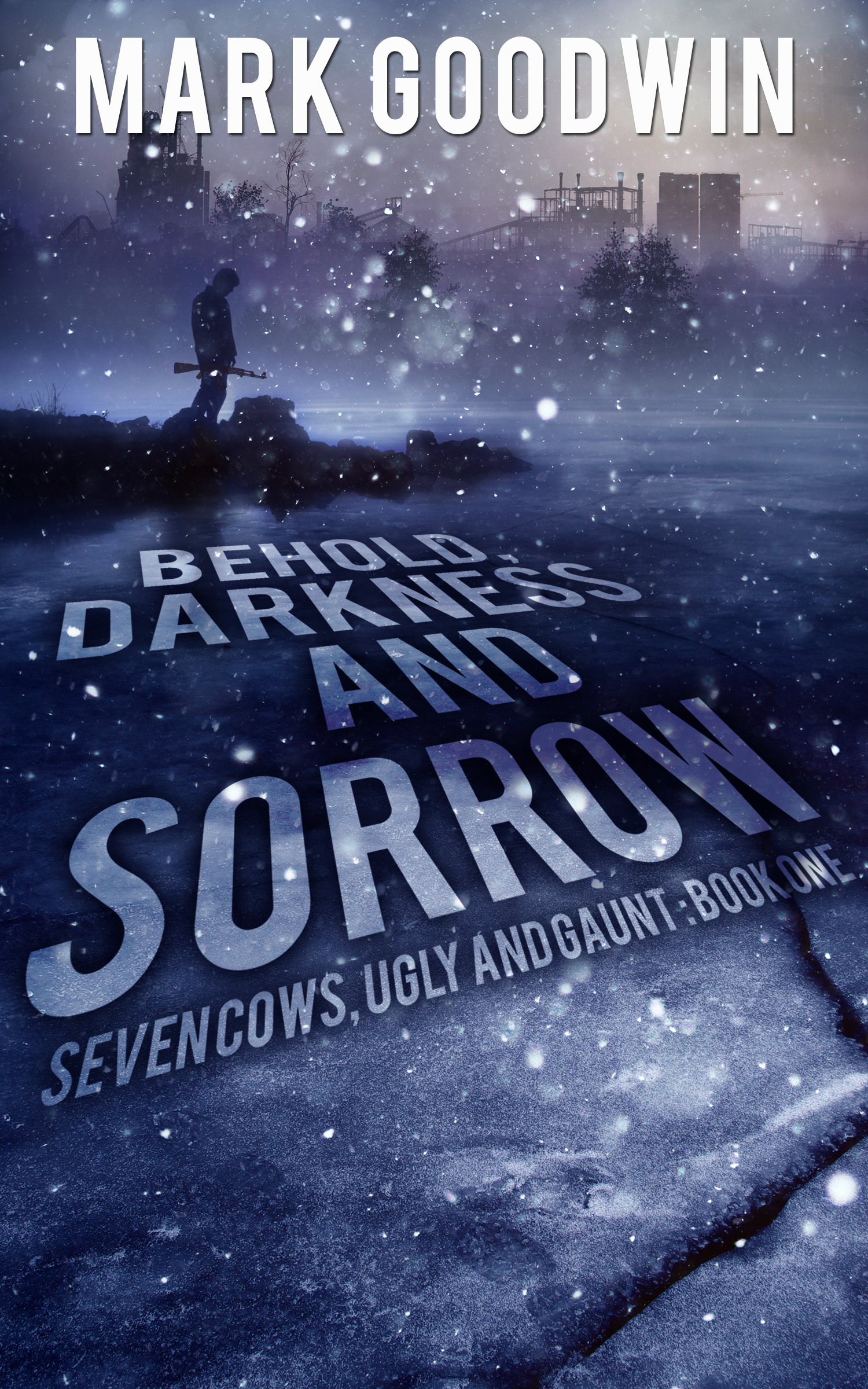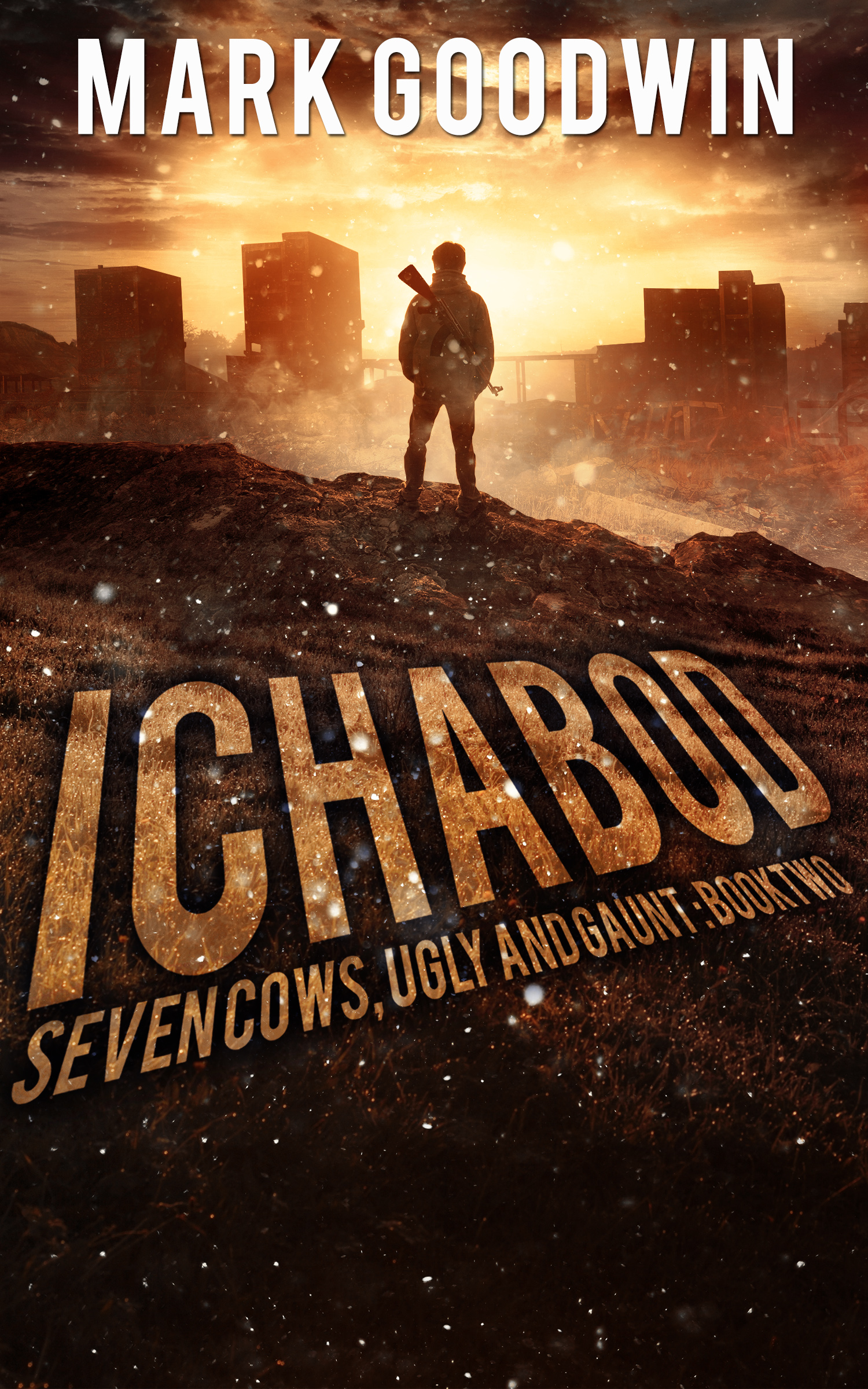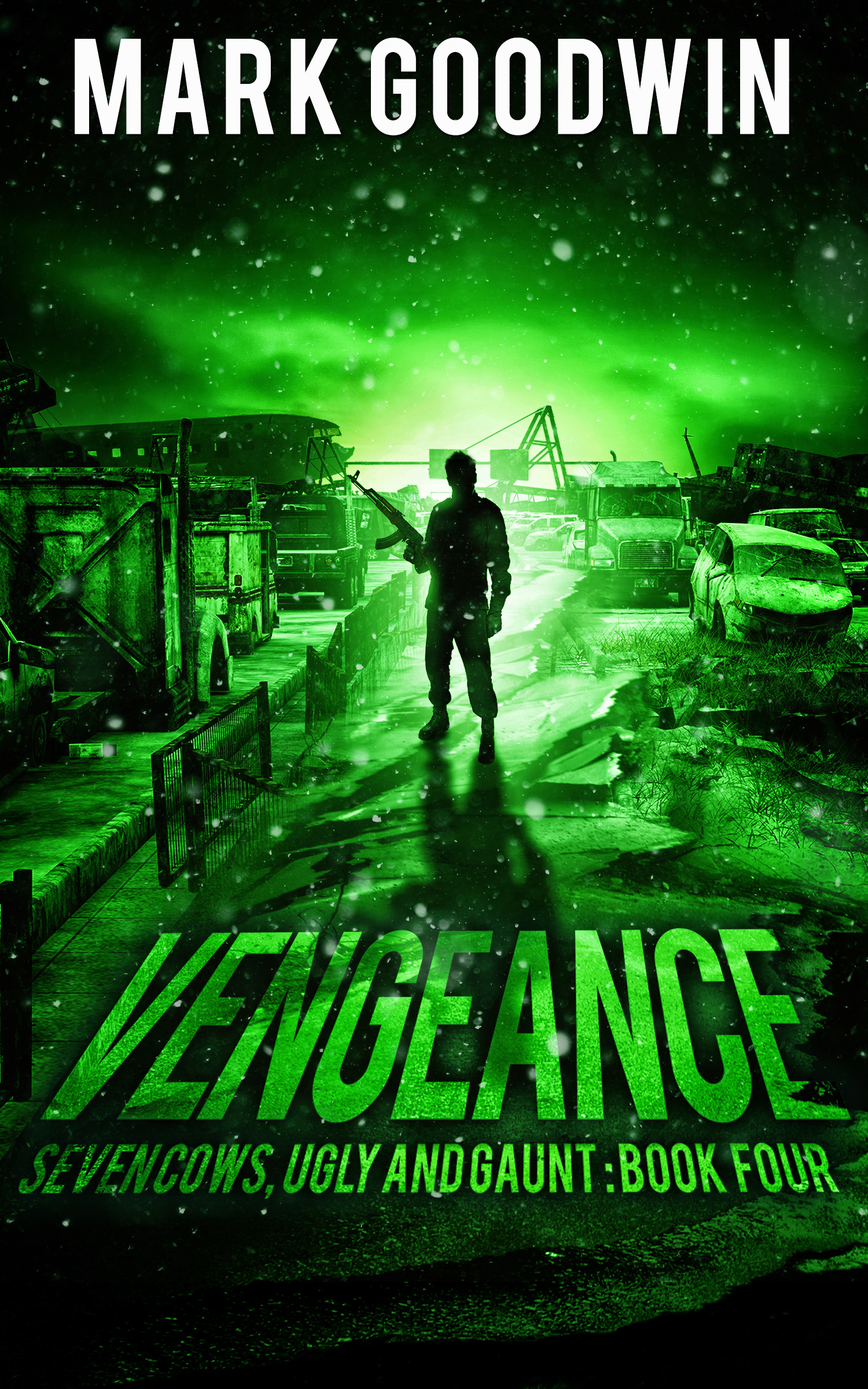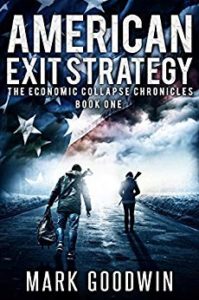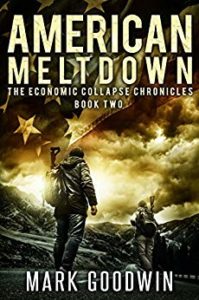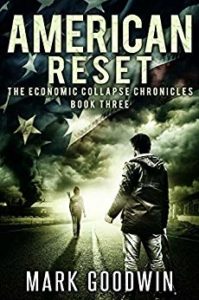Financial Collapse – Threat Assessment Part 1: US Debt
I believe financial collapse is the most probable of all the potential threats that could trigger TEOTWAWKI ( The End Of The World As We Know It). Many knowledgeable people speculate that this is a real possibility for our country. They include former Army Intelligence Officer James Rawles, Economist Jerry Robinson, CEO of Euro Pacific Capital Peter Schiff, Author of Rich Dad Poor Dad Robert Kiyosaki, and Governor of Indiana Mitch Daniels. This list could go on and on. Why are all of these people so concerned about our economy? There is not one thing that threatens the demise of our financial system, rather it is a myriad of issues that together create the environment for the perfect storm. In this series of posts I will present my case and give you a short list of what you can do to get prepared.
Financial Collapse- Threat 1
Most economists agree the number one threat that could initiate a financial collapse is the public debt. The US national debt has just past $16,000,000,000,000.00. Even though that is a lot of zeros, you can’t fully grasp the amount of money that is without a visualization.
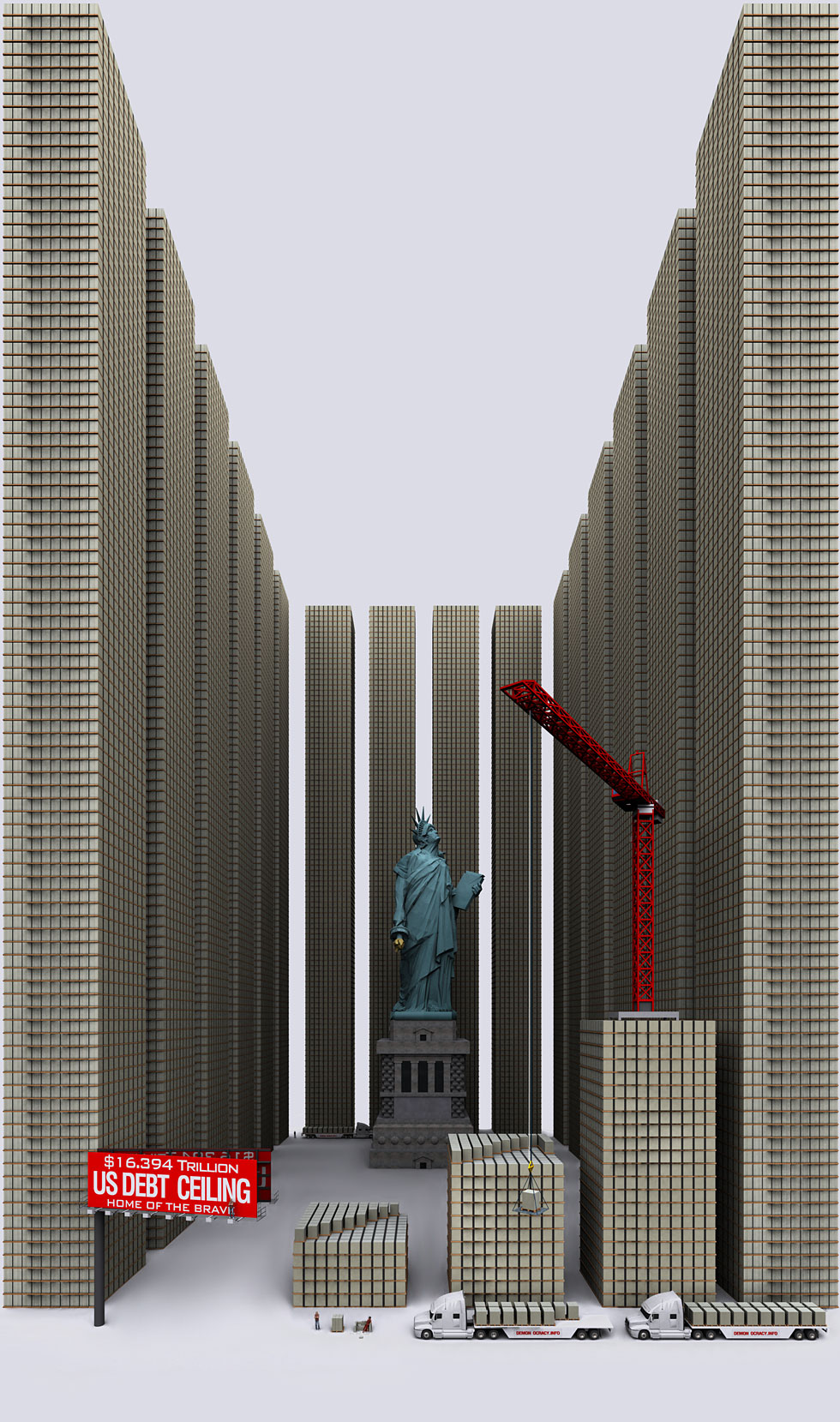
Those are pallets of $100 bills (thanks to demonocracy.info for the graphics). Our countries GDP was just over 15 trillion last year according to the IMF. That means our national debt is 108% of the value of all the goods and services produced in America. Argentina’s debt was approximately 50% of GDP in 2001 when they experienced a financial collapse. Their total debt was roughly 100 billion dollars, spending at the pace of $3.88 billion a day, we spend that much in less than a month.
How is this a problem? In the same way that credit score agencies look at your debt levels to evaluate your credit score, ratings agencies have a similar process for countries. When your ability to pay your debts become questionable, your interest rates go up on everything from car loans to credit card rates. Last year, we had a debate about the debt ceiling. During that time, our countries credit rating went from AAA to AA. I would say AA is quite generous, I would also say it will be short lived. We are now approaching the new debt ceiling of $16.394 Trillion and will be having the same conversation that cost us our rating last time around.
Why are Treasury rates so low? Rates on 30 year treasuries are currently around 3%, that is extremely low. Much of that can be accredited to fear in global financial markets. US Treasuries, rightly or wrongly , are still considered the safest place to preserve one’s capital. With the chaos in the Euro Zone, the US dollar has the appearance of the prettiest ugly girl at the dance. Buyers of US debt also know that we will always be able to repay our debts because of our ability to print money. If the Treasury runs dry , the Fed can step in and fire up the press. We have done this in recent years through Quantitative Easing or QE. When there are too few buyers of US debt, the Federal Reserve, which is not a federal agency nor do they possess any reserves, can purchase the debt through creating money to be used to buy debt from the US Treasury or other holders of US debt.
Why can’t we keep up this scheme? With each new round of QE, more US dollars magically come into existence to compete for goods and services that are not entering the economy quite so magically. Therefore, we have more dollars to exchange for the same amount of goods and services. Here is a simple illustration. Let us suppose we have an economy with nothing but 10 cheeseburgers and $10. Assuming all the cheeseburgers are for sale and no one is interested in saving money since there is nothing else in the economy to buy, each burger is worth $1. Now, the Fed steps in and prints 10 more dollars. We now have $20 and 10 burgers. Each burger is now worth $2. The burgers have no more ability to satisfy you than they did at $1, so they are not worth more. It is the dollar that is worth less. This is inflation. It works in favor of the government as the borrowed dollars that will buy 1 cheeseburger are paid back with dollars that will only buy half of a cheeseburger. They pay back with devalued dollars. This is also a tax on savers as the money you save today will be worth less tomorrow. It is also a tax on purchasers of US debt. As the inflation rises, so will interest rates as bond holders will not settle for an investment that loses money.
If the 30 year Treasury Bond pays 3% and inflation is 6% (see shadowstats, not the CPI), you are losing 3%. The bond market will not put up with this for long. At some point, rates will rise above 6%, let’s say 7%, the ever so magnanimous bond market will settle with a 1% profit after inflation. At our current debt ceiling level of $16.394 trillion we will be paying $1.15 trillion dollars per year in interest alone. Total federal revenue is $2.73 trillion. 42% of our total revenue will be consumed by interest.
At this point it becomes obvious that we will never be able to pay our debts. No one will buy our bonds, and the Fed is unable to print money at a pace that will sustain government spending. To do so would create hyperinflation such as was experienced by the Weimar Republic in the post WWI era. To devalue their war debts, The Weimar Republic printed money at record rates and devalued their currency to the point that people used the currency for firewood. There is a story of a woman taking a wheelbarrow full of money to buy a loaf of bread. When she arrived at the store, she left the money outside while she went in to get the bread. When she returned, the money was still there but someone had stolen the wheelbarrow!
Financial collapse becomes a certainty at this point. Our economy will seize up. Massive cuts will be enacted to all sectors of government spending. Entitlement programs will be slashed. The recipients, many of whom are in true need of the government assistance will go without while many others who have been trained to milk the system for generations will riot as they feel cheated because they can’t get what the government owes them. The blood in the streets will be up to your ankles.
This dramatization by Damon Vickers gives his view of how this could play out in a timeline presentation. It is about 9 minutes long.
What can I do now to get ready for this? Cut all unnecessary spending, stock up your pantry and diversify your savings into dollars, silver , and gold. Remember this is only one possible outcome. The complexities in financial markets can produce unpredictable outcomes. We may just as well experience a depression type environment where cash is king depending on the steps taken by the Federal Reserve. I have written a very comprehensive 7 Step Preparedness Plan that will help you prepare for whatever. Please read it and take action now to prepare for the coming storm.
Happy Prepping!

